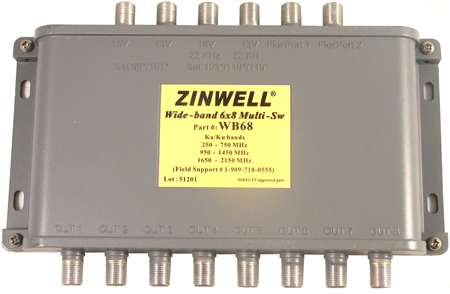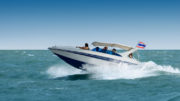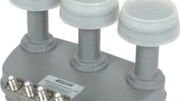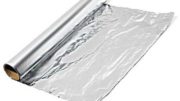DIRECTV has been using SWM technology since 2009, which means that the service, now almost 30 years old, has been advocating SWM for about half its existence. And yet, surprisingly, there are still people in 2023 who are hesitant for one reason or another to use it. We get this question at Solid Signal pretty much every day.
What is SWM technology?
There are a lot of technical articles on this blog you can read if you wish, so here’s a quick overview. SWM technology allows for satellite signals to flow over a single wire. That wire can be split to increase the number of receivers or DVRs you have. It also allows for multi-tuner DVRs like the Genie 2. Without SWM, you would need to run seven cables from the dish to the Genie, which would be a non-starter for most people. While SWM is a great way to get all this done, it does mean that DIRECTV’s equipment is less compatible with other satellite systems that any other system in the world. That’s generally not a problem for most folks but there are a few people who do really need to be aware of that. I’ll get back to you folks a couple paragraphs down.
So is non-SWM tech still available?
The answer isn’t no… but it’s sort of “no-adjacent.” DIRECTV still supports older multiswitches like this WB68 pictured above. Solid Signal is one of the few places you can get one. DIRECTV also still supports dishes that give four outputs that don’t need a SWM multiswitch, although you can’t buy them new anymore. So if you’re looking to replace older equipment with the exact same thing, we can help you there.
If you’re looking to add a receiver to an existing non-SWM system, we can help there as well. The DIRECTV H24 will work without a SWM multiswitch and so will the HR24 DVR. These older boxes will even get HD programming if used with a B-Band Converter. Solid Signal has all these items in stock, and we’re one of the few companies that does. But, is that really the way to go?
SWM is really the only solution moving forward
DIRECTV’s older non-SWM technology is at a dead end. Hopefully this doesn’t come as a shock, since DIRECTV stopped installing non-SWM systems by default about 13 years ago. Obviously, marine and RV systems have been non-SWM more recently but even those markets are finally going to SWM technology. It’s really a better way to install and if you’re still on the sidelines for some reason, it’s time to think about that.
For marine and RV customers (I told you I’d get back to you) you can add a SWM to your mobile/marine dish easily. Adding this tech (again, available at Solid Signal) will allow you to stay compatible with newer equipment. You’ll also be able to remove the SWM if you choose to go outside the US to places with more open satellite standards. If you plan to move to DISH, most mobile and marine dishes will let you connect DISH receivers without a multiswitch as long as you’re just connecting one. If you want to connect more than that, you’ll want a hybrid multiswitch, DISH’s equivalent of this same tech.
Time to get on the bandwagon
Now is the time to get back in line with DIRECTV standards if you haven’t yet. Most (if not all) standard-definition channels are going away in under two years and if your devotion to old SD hardware is what’s been holding you back, you just don’t know what you’re missing. I understand there are still a few TiVo lovers out there, but it’s time to move on.
You’re missing out on so much if you’re not working with the latest DIRECTV technology. Today’s tech is faster, does more, and uses a fraction of the energy used by older hardware. In the long run it could actually save you money to upgrade!
Don’t stay on the sidelines any more. Call us at 888-233-7563 and we’ll help you decide if you want to make “one last investment” in that non-SWM hardware, or if it’s finally time to make the jump to the latest and greatest DIRECTV gear that you really deserve!





